Define Our Future
09 February 2024
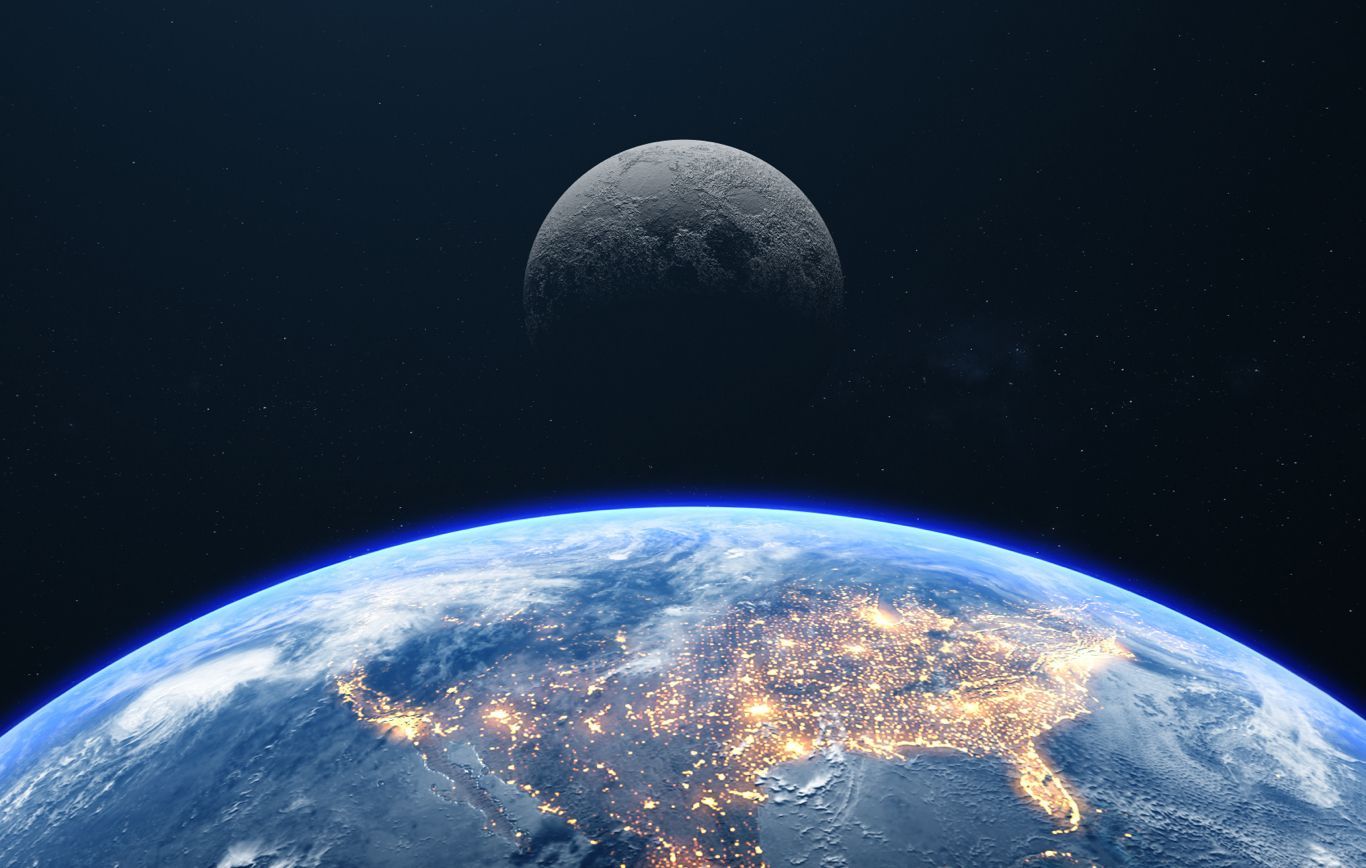
How will governance be applied beyond orbit? (Image - Adobe)
In pursuit of regulatory frameworks to govern activities in outer space, and ensure enduring peace in space, many ideas have been thrown around in recent years. These include reopening the UN Outer Space Treaty and modernising it to encompass commercial activity and resource extraction, using other UN resolutions as a guide (such as the Law of the Seas), or adopting one of the frameworks put forwards by the US (Artemis Accords) or China (International Lunar Research Station project - ILRS).
Each have their merits but also serious drawbacks. The OST is one resolution that ties together all leading space nations, but it seems unlikely, due to current geopolitical events, that all sides have the will to come together and agree on any amendment. Furthermore, more value is being placed on space resources, and an increasing number of agency and commercial entities are finding ways to secure and utilise them, for in-situ and Earthbound applications.
Meanwhile, the Artemis Accords and ILRS are gaining more signatories, but this only stands to reflect current global alliances and geopolitical divides, and represents a growing space race between the US and China.
One possible solution was presented this week at the 61st session of the UN Committee on the Peaceful Uses of Outer Space (COPUOS), in the form of a proposal from the Romanian delegation. The paper, titled “Proposal on a Consultative Mechanism on Lunar Activities”, observes the lack cooperative mechanisms for lunar activities, which could lead to harmful interference, particularly in resource-rich areas such as the lunar south pole.
They therefore suggest implementing a consultative mechanism, which could be studied within the framework of the COPUOS, and could help address issues relating to (but not limited to) improving safety, mitigating lunar orbital debris and regulating access to natural resources.
This perhaps could be another way to bring together all sides, namely the US, Russia, Europe and China. In a US statement by Representative Michael Overby at the session, he stated that the US “welcomes the proposal submitted by Romania” and “looks forward to reviewing it closely and engaging in productive discussions with member states”.
It’s merely a proposal at this point, but at least shows efforts by member states to establish some form of framework. Until then, technology and innovation will continue to outpace law-making.
China develop international space relations
Developments in regulatory proposal comes when opposing blocs are assembling new partnerships, with a different (but also similar) view off the future, in a challenging and potentially destabilising time for the geopolitics of space
The growing rift between the US, Russia, China and their respective allies becomes more evident, seemingly each week. In our last article, we noted the significance of India’s lean towards the west and most notably their signing of the Artemis Accords last year.
At the same time China continue to expand their network and ILRS partnerships. One of their partners, Egypt, launched their NexSat-1 satellite into orbit aboard a Chinese Jielong-3 from the Yangjiang in Guangdong province, China, last week. While the launch isn’t related to lunar exploration, Egypt are one of the latest to join the ILRS, signing-on in December last year.
Additionally, this week a Pakistani delegation visited the Deep Space Exploration Laboratory in Hefei, China, with the intention of establishing stronger ties with them in outer space exploration. Engineers from the Chinese Chang’e-8 mission were present (lunar south pole exploration mission planned for 2028, being used to establish the technological foundation for the lunar station project). Pakistan will also include their ICUBE-Q CubeSat on the Chang’e-6 mission, planned for this year.
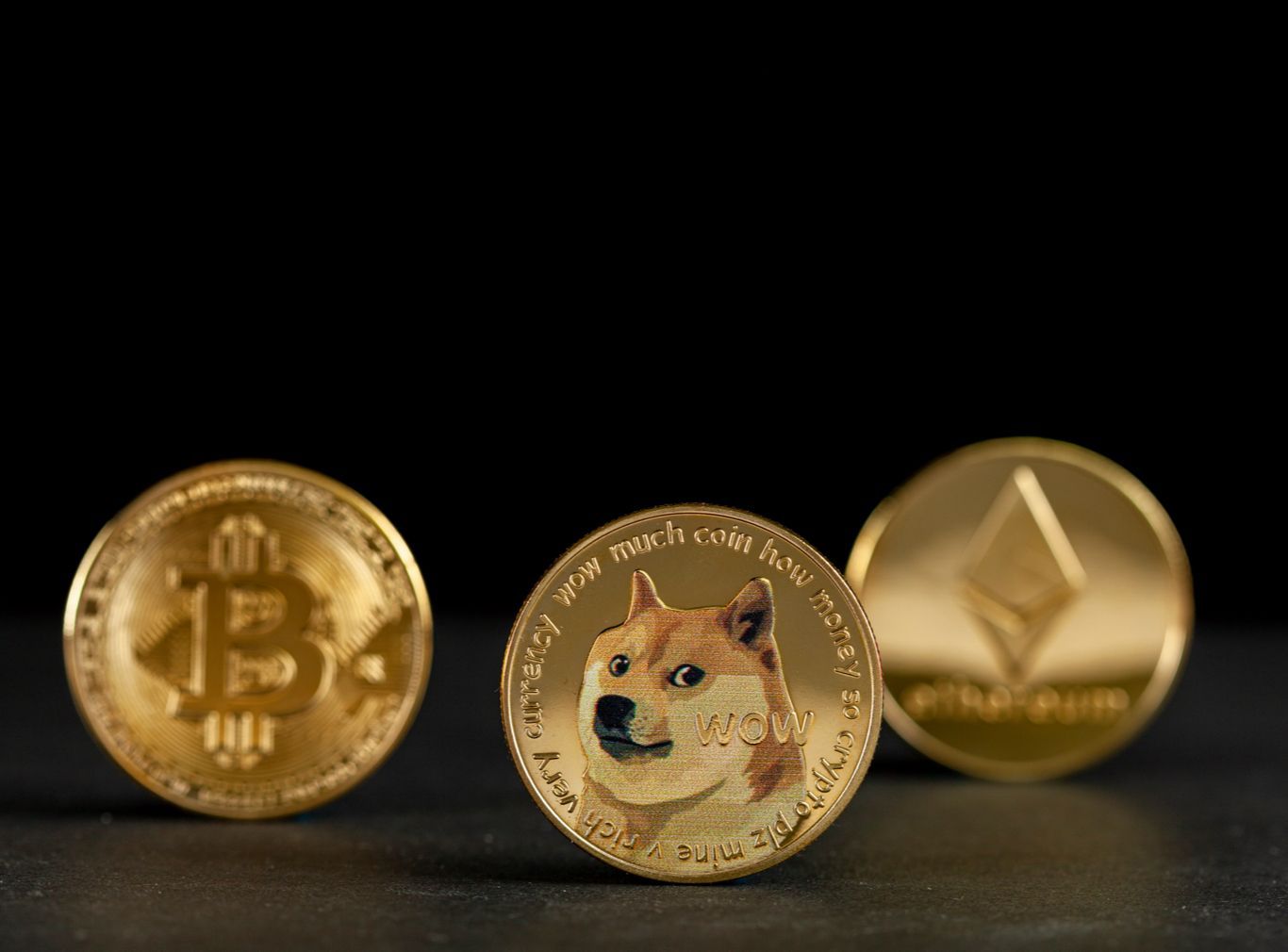
(Image - Adobe)
iSpace amongst others developing further infrastructure for the Moon, Dogecoin touted as off-world currency
Intuitive Machines (US) have finally announced a launch date for their first lunar mission, no earlier than February 14th. Their IM-1 mission will launch with SpaceX on a Falcon-9, and will be carrying six payloads under NASA’s Commercial Lunar Payloads Services programme (CLPS).
It will also be carrying the DOGE-1 lunar satellite, a project which was entirely funded by the cryptocurrency, Dogecoin. Originally planned for 2021, satellite will be equipped with sensors and cameras in order to gather lunar spatial data, as well display images and digital art on the orbiter, which will be broadcast back to Earth.
Interestingly, it was also realised this week that the costs incurred by previous delays caused by the DOGE mission were paid back to SpaceX using Dogecoin. This once again opens questions about the utility of the mission, and the feasibility of it being established as an interplanetary currency.
Elon Musk is known for his support of Dogecoin, and is also accepted as payment by Tesla. Applying the use of Dogecoin beyond Earth’s orbit may be a step towards this reality.
Interlune to harvest lunar resources, iSpace look towards future Moon missions
More startups are fixing their eyes on the Moon, with the promise of extracting valuable lunar resources. In recent and upcoming missions, primary objectives have been to analyse the makeup of lunar regolith for in-situ utilisation, especially for the signs water. However, recent startups are also anticipating the extraction of resources for Earthbound purposes.
In October last year Singapore-based startup, Qosmosys, announced a funding round of $100 million towards the development of their ZeusX spacecraft, designed to extract minerals such as Helium-3.
This week, a startup led by former Blue Origin president Rob Meyerson, announced raising $15.5mn towards the development of their technology to harvest resources from the Moon, also for Earthbound applications. Interlune have revealed very few details about their tech, but their CTO Gary Lai said “We aim to be the first company that harvests natural resources from the moon to use here on Earth.”
Utilising off-world resources is seen as a long-term endeavour. However, there are a number of other companies exploring this, such as Transastra and Astrofroge, with the latter currently carrying out a demonstration mission to test refining minerals in-orbit.
Japan’s iSpace are also expanding their presence in the lunar economy and this week signed two MoUs with satellite manufacturer, mu Space and Advance Technology Co. They aim to develop future payload services to the lunar orbit and the lunar surface, and develop the cislunar satellite market. Satellites will play a key role in the future development of the lunar infrastructure, and assist with industries such as lunar mining and establishing a sustained human presence on the Moon.
iSpace also aim to launch their second commercial lunar landing attempt in the winter of this year.
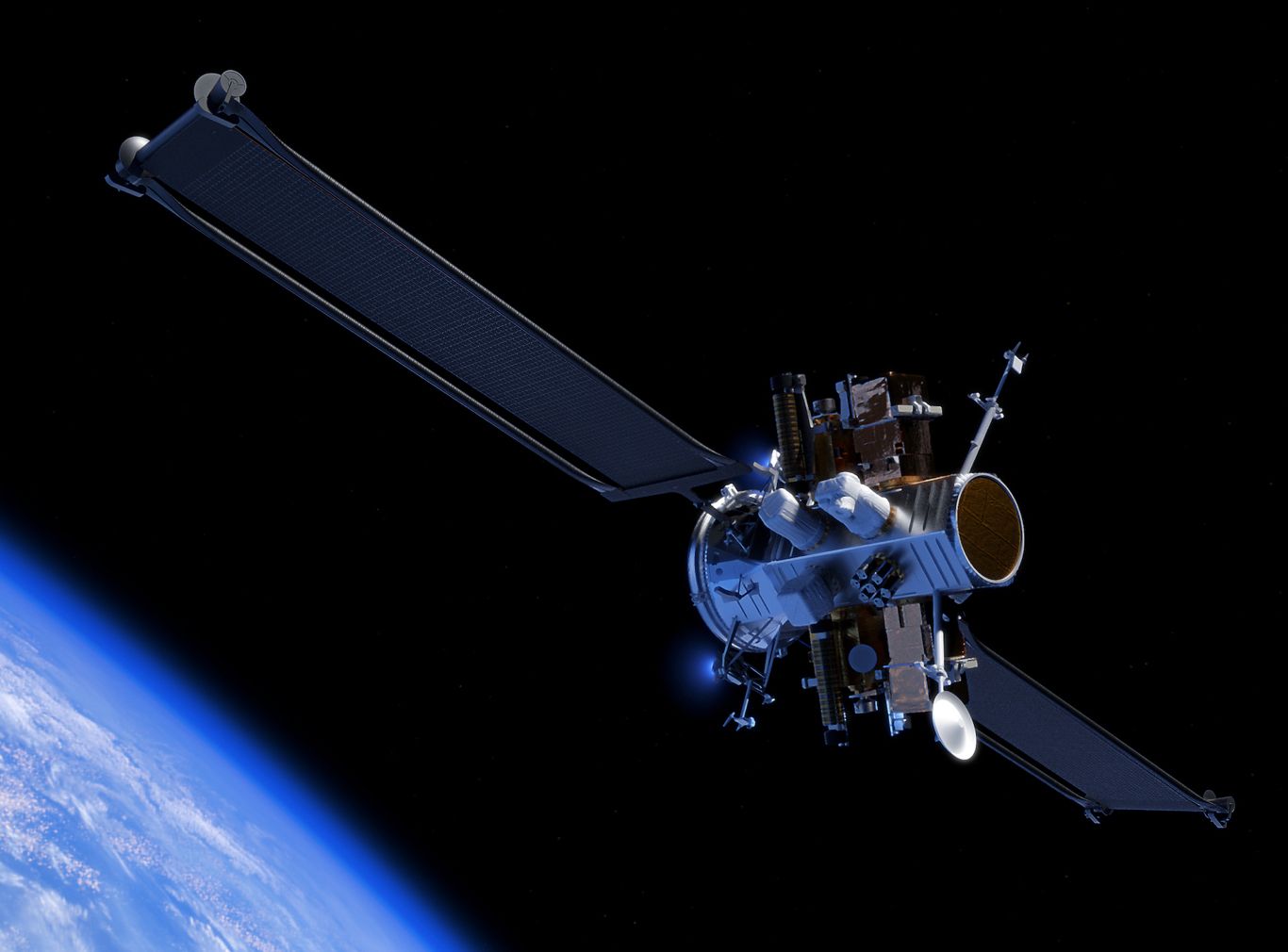
Illustration of Blue Ring (Image - Blue Origin)
ISAM and space servicing continues to grow
While our recent analyses have focussed primarily on heightening activity in the lunar market, we must also take note of other growth areas, this week namely regarding in-space servicing and manufacturing (ISAM). Refuelling and servicing vehicles in-orbit opens the door to a more sustainable future in Earth-orbit, in being able to extend the lifespan of satellites, reducing costs and mitigating debris created by defunct satellites.
Blue Origin have expanded on details of their Blue Ring multi-purpose orbital vehicle, announced first back in October last year. Speaking at the SpaceCom conference On February 1st, Lars Hoffman, vice president of national security sales at Blue Origin, said that “we’re bringing Blue Ring to market to do a lot of the missions that are starting to emerge from national security, civil and eventually commercial,” and that the primary use is to deploy satellite in their specific orbits. However, he stated that the vehicle can also be used to host other payloads, such as robotic arms for servicing, and is also refuelable and can be used as fuelling depot for other spacecraft.
Lastly, German startup ATMOS Space Cargo have raised additional funding towards the development of the prototype of its Phoenix return capsule to fly into space and back. The company is currently working within ESA’s Commercial Cargo Initiative tender, which aims to deliver cargo back from low Earth orbit (LEO) before the end of 2028. Moreover, their technology represents an opportunity to make return-to-Earth cargo transportation more cost effective.
Utilising the environmental benefits of space, companies such as Space Forge (UK) and Varda (US) are building on plans to manufacture valuable and delicate materials in space, such as materials for semiconductors and pharmaceutical drugs. If reentry transportation costs can be reduced in the same way that price of launch has decreased, in-space manufacturing could be set to rapidly grow.
Define Our Future
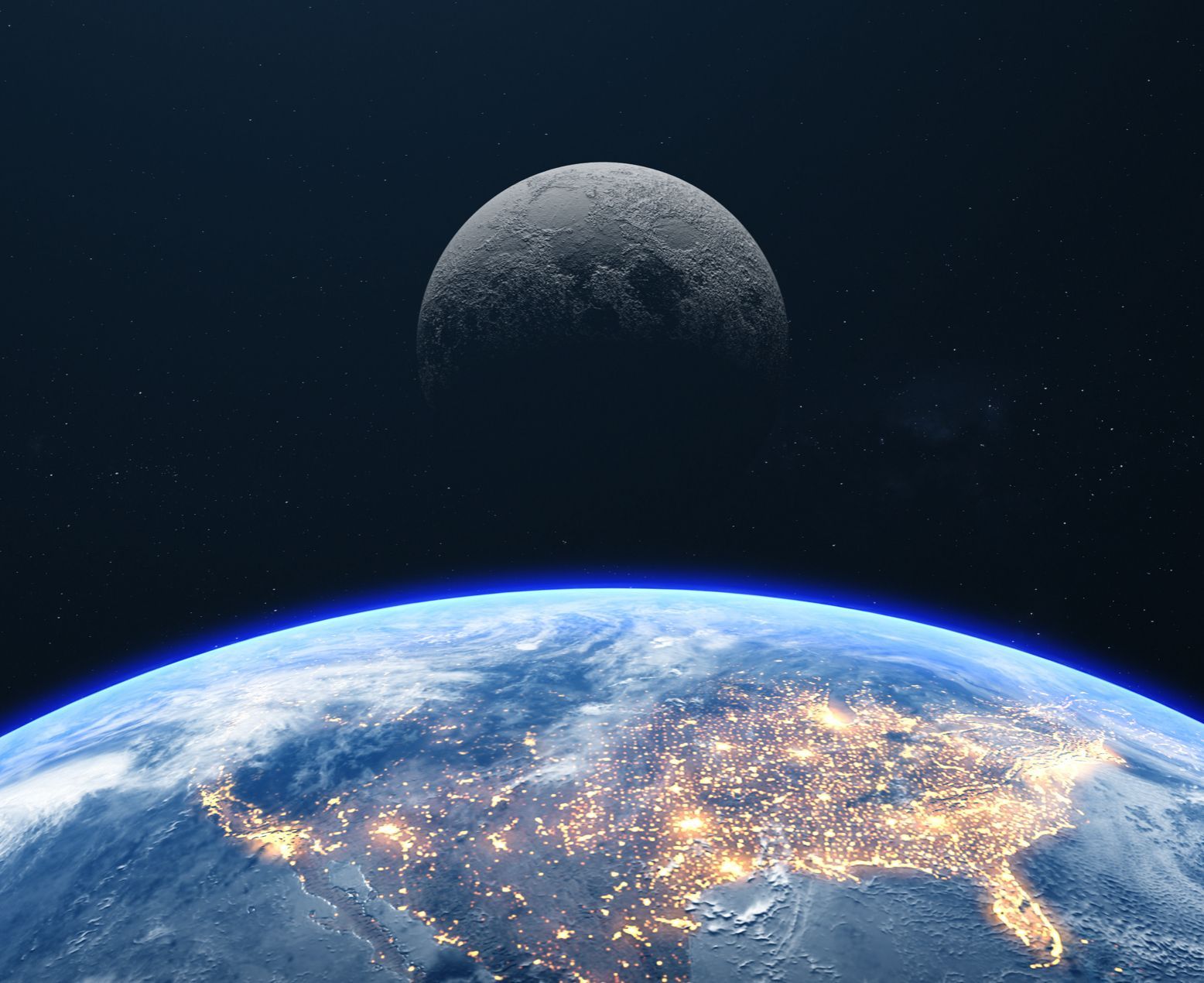
How will governance be applied beyond orbit? (Image - Adobe)
09 February 2024
Romania Unveils Lunar Governance Framework, Startup Ventures into Lunar Resource Retrieval, ISAM Growth Market - Space News Roundup
In pursuit of regulatory frameworks to govern activities in outer space, and ensure enduring peace in space, many ideas have been thrown around in recent years. These include reopening the UN Outer Space Treaty and modernising it to encompass commercial activity and resource extraction, using other UN resolutions as a guide (such as the Law of the Seas), or adopting one of the frameworks put forwards by the US (Artemis Accords) or China (International Lunar Research Station project - ILRS).
Each have their merits but also serious drawbacks. The OST is one resolution that ties together all leading space nations, but it seems unlikely, due to current geopolitical events, that all sides have the will to come together and agree on any amendment. Furthermore, more value is being placed on space resources, and an increasing number of agency and commercial entities are finding ways to secure and utilise them, for in-situ and Earthbound applications.
Meanwhile, the Artemis Accords and ILRS are gaining more signatories, but this only stands to reflect current global alliances and geopolitical divides, and represents a growing space race between the US and China.
One possible solution was presented this week at the 61st session of the UN Committee on the Peaceful Uses of Outer Space (COPUOS), in the form of a proposal from the Romanian delegation. The paper, titled “Proposal on a Consultative Mechanism on Lunar Activities”, observes the lack cooperative mechanisms for lunar activities, which could lead to harmful interference, particularly in resource-rich areas such as the lunar south pole.
They therefore suggest implementing a consultative mechanism, which could be studied within the framework of the COPUOS, and could help address issues relating to (but not limited to) improving safety, mitigating lunar orbital debris and regulating access to natural resources.
This perhaps could be another way to bring together all sides, namely the US, Russia, Europe and China. In a US statement by Representative Michael Overby at the session, he stated that the US “welcomes the proposal submitted by Romania” and “looks forward to reviewing it closely and engaging in productive discussions with member states”.
It’s merely a proposal at this point, but at least shows efforts by member states to establish some form of framework. Until then, technology and innovation will continue to outpace law-making.
China develop international space relations
Developments in regulatory proposal comes when opposing blocs are assembling new partnerships, with a different (but also similar) view off the future, in a challenging and potentially destabilising time for the geopolitics of space
The growing rift between the US, Russia, China and their respective allies becomes more evident, seemingly each week. In our last article, we noted the significance of India’s lean towards the west and most notably their signing of the Artemis Accords last year.
At the same time China continue to expand their network and ILRS partnerships. One of their partners, Egypt, launched their NexSat-1 satellite into orbit aboard a Chinese Jielong-3 from the Yangjiang in Guangdong province, China, last week. While the launch isn’t related to lunar exploration, Egypt are one of the latest to join the ILRS, signing-on in December last year.
Additionally, this week a Pakistani delegation visited the Deep Space Exploration Laboratory in Hefei, China, with the intention of establishing stronger ties with them in outer space exploration. Engineers from the Chinese Chang’e-8 mission were present (lunar south pole exploration mission planned for 2028, being used to establish the technological foundation for the lunar station project). Pakistan will also include their ICUBE-Q CubeSat on the Chang’e-6 mission, planned for this year.
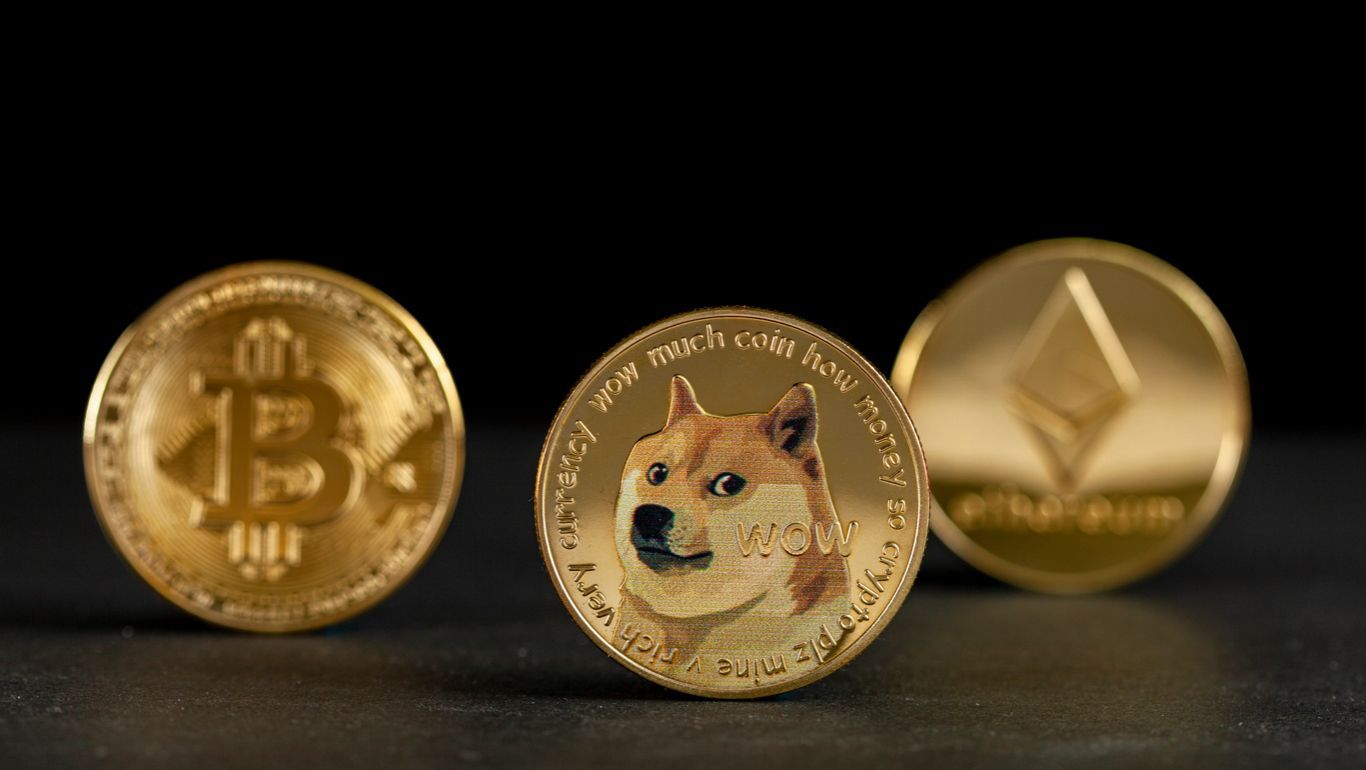
(Image - Adobe)
iSpace amongst others developing further infrastructure for the Moon, Dogecoin touted as off-world currency
Intuitive Machines (US) have finally announced a launch date for their first lunar mission, no earlier than February 14th. Their IM-1 mission will launch with SpaceX on a Falcon-9, and will be carrying six payloads under NASA’s Commercial Lunar Payloads Services programme (CLPS).
It will also be carrying the DOGE-1 lunar satellite, a project which was entirely funded by the cryptocurrency, Dogecoin. Originally planned for 2021, satellite will be equipped with sensors and cameras in order to gather lunar spatial data, as well display images and digital art on the orbiter, which will be broadcast back to Earth.
Interestingly, it was also realised this week that the costs incurred by previous delays caused by the DOGE mission were paid back to SpaceX using Dogecoin. This once again opens questions about the utility of the mission, and the feasibility of it being established as an interplanetary currency.
Elon Musk is known for his support of Dogecoin, and is also accepted as payment by Tesla. Applying the use of Dogecoin beyond Earth’s orbit may be a step towards this reality.
Interlune to harvest lunar resources, iSpace look towards future Moon missions
More startups are fixing their eyes on the Moon, with the promise of extracting valuable lunar resources. In recent and upcoming missions, primary objectives have been to analyse the makeup of lunar regolith for in-situ utilisation, especially for the signs water. However, recent startups are also anticipating the extraction of resources for Earthbound purposes.
In October last year Singapore-based startup, Qosmosys, announced a funding round of $100 million towards the development of their ZeusX spacecraft, designed to extract minerals such as Helium-3.
This week, a startup led by former Blue Origin president Rob Meyerson, announced raising $15.5mn towards the development of their technology to harvest resources from the Moon, also for Earthbound applications. Interlune have revealed very few details about their tech, but their CTO Gary Lai said “We aim to be the first company that harvests natural resources from the moon to use here on Earth.”
Utilising off-world resources is seen as a long-term endeavour. However, there are a number of other companies exploring this, such as Transastra and Astrofroge, with the latter currently carrying out a demonstration mission to test refining minerals in-orbit.
Japan’s iSpace are also expanding their presence in the lunar economy and this week signed two MoUs with satellite manufacturer, mu Space and Advance Technology Co. They aim to develop future payload services to the lunar orbit and the lunar surface, and develop the cislunar satellite market. Satellites will play a key role in the future development of the lunar infrastructure, and assist with industries such as lunar mining and establishing a sustained human presence on the Moon.
iSpace also aim to launch their second commercial lunar landing attempt in the winter of this year.
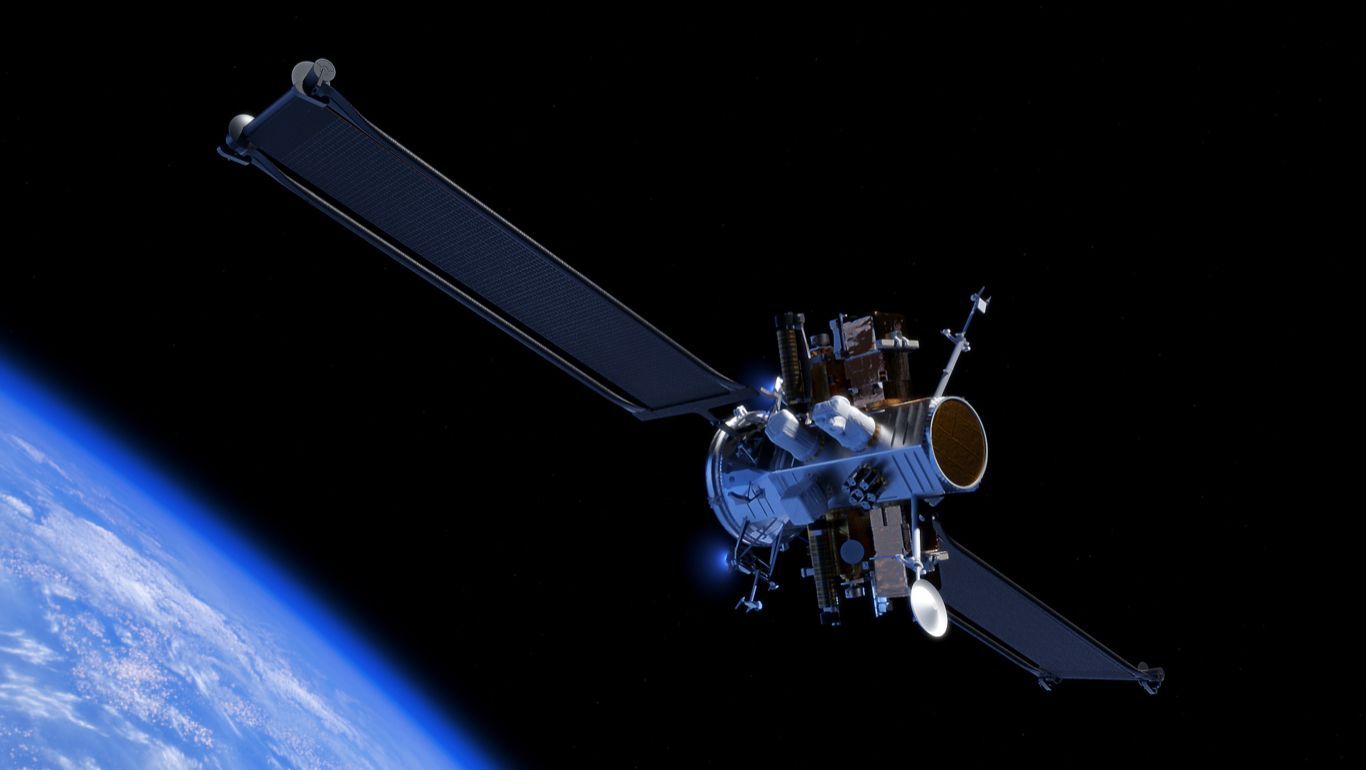
Illustration of Blue Ring (Image - Blue Origin)
ISAM and space servicing continues to grow
While our recent analyses have focussed primarily on heightening activity in the lunar market, we must also take note of other growth areas, this week namely regarding in-space servicing and manufacturing (ISAM). Refuelling and servicing vehicles in-orbit opens the door to a more sustainable future in Earth-orbit, in being able to extend the lifespan of satellites, reducing costs and mitigating debris created by defunct satellites.
Blue Origin have expanded on details of their Blue Ring multi-purpose orbital vehicle, announced first back in October last year. Speaking at the SpaceCom conference On February 1st, Lars Hoffman, vice president of national security sales at Blue Origin, said that “we’re bringing Blue Ring to market to do a lot of the missions that are starting to emerge from national security, civil and eventually commercial,” and that the primary use is to deploy satellite in their specific orbits. However, he stated that the vehicle can also be used to host other payloads, such as robotic arms for servicing, and is also refuelable and can be used as fuelling depot for other spacecraft.
Lastly, German startup ATMOS Space Cargo have raised additional funding towards the development of the prototype of its Phoenix return capsule to fly into space and back. The company is currently working within ESA’s Commercial Cargo Initiative tender, which aims to deliver cargo back from low Earth orbit (LEO) before the end of 2028. Moreover, their technology represents an opportunity to make return-to-Earth cargo transportation more cost effective.
Utilising the environmental benefits of space, companies such as Space Forge (UK) and Varda (US) are building on plans to manufacture valuable and delicate materials in space, such as materials for semiconductors and pharmaceutical drugs. If reentry transportation costs can be reduced in the same way that price of launch has decreased, in-space manufacturing could be set to rapidly grow.
Share this article
09 February 2024
Romania Unveils Lunar Governance Framework, Startup Ventures into Lunar Resource Retrieval, ISAM Growth Market - Space News Roundup
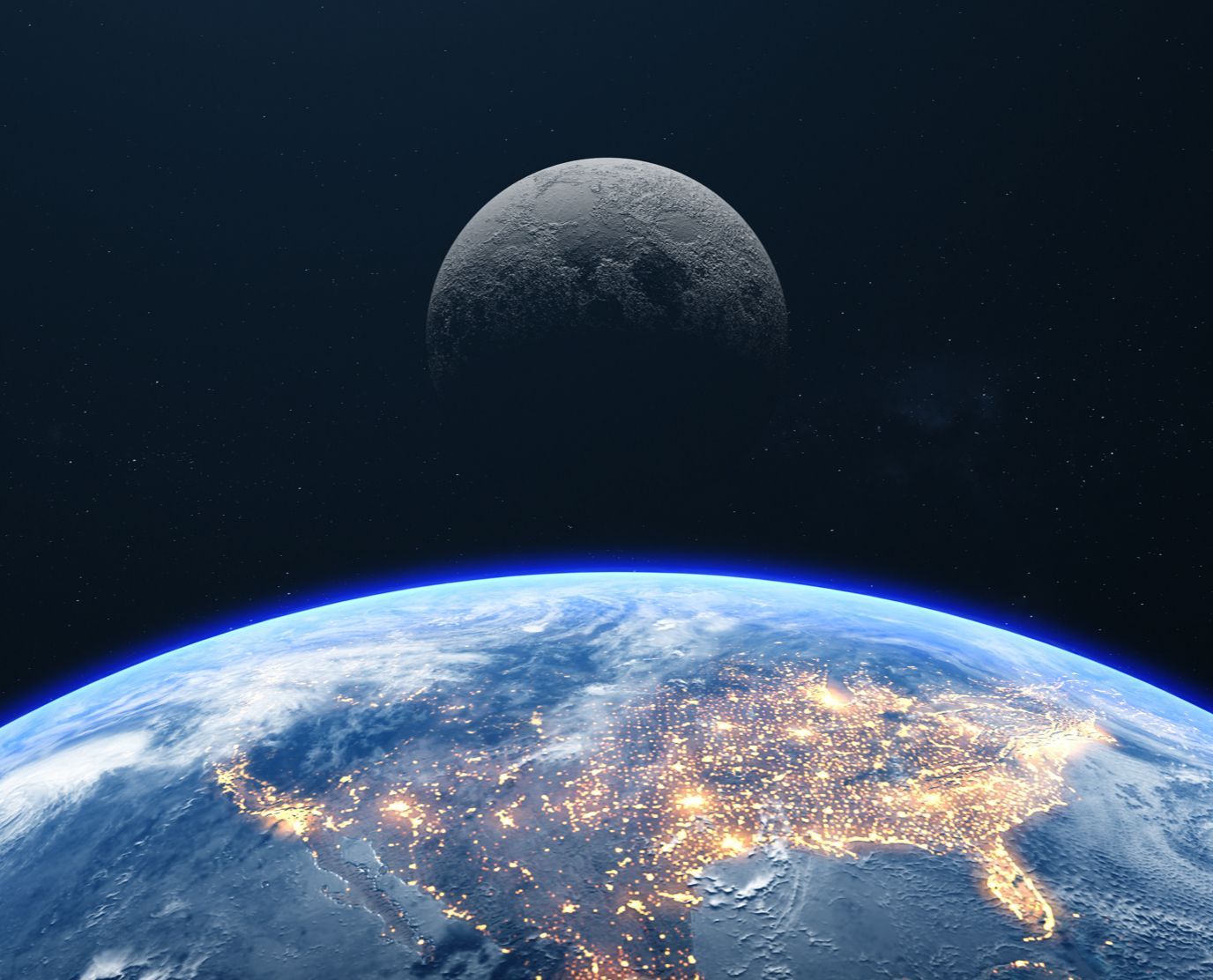
How will governance be applied beyond orbit? (Image - Adobe)
In pursuit of regulatory frameworks to govern activities in outer space, and ensure enduring peace in space, many ideas have been thrown around in recent years. These include reopening the UN Outer Space Treaty and modernising it to encompass commercial activity and resource extraction, using other UN resolutions as a guide (such as the Law of the Seas), or adopting one of the frameworks put forwards by the US (Artemis Accords) or China (International Lunar Research Station project - ILRS).
Each have their merits but also serious drawbacks. The OST is one resolution that ties together all leading space nations, but it seems unlikely, due to current geopolitical events, that all sides have the will to come together and agree on any amendment. Furthermore, more value is being placed on space resources, and an increasing number of agency and commercial entities are finding ways to secure and utilise them, for in-situ and Earthbound applications.
Meanwhile, the Artemis Accords and ILRS are gaining more signatories, but this only stands to reflect current global alliances and geopolitical divides, and represents a growing space race between the US and China.
One possible solution was presented this week at the 61st session of the UN Committee on the Peaceful Uses of Outer Space (COPUOS), in the form of a proposal from the Romanian delegation. The paper, titled “Proposal on a Consultative Mechanism on Lunar Activities”, observes the lack cooperative mechanisms for lunar activities, which could lead to harmful interference, particularly in resource-rich areas such as the lunar south pole.
They therefore suggest implementing a consultative mechanism, which could be studied within the framework of the COPUOS, and could help address issues relating to (but not limited to) improving safety, mitigating lunar orbital debris and regulating access to natural resources.
This perhaps could be another way to bring together all sides, namely the US, Russia, Europe and China. In a US statement by Representative Michael Overby at the session, he stated that the US “welcomes the proposal submitted by Romania” and “looks forward to reviewing it closely and engaging in productive discussions with member states”.
It’s merely a proposal at this point, but at least shows efforts by member states to establish some form of framework. Until then, technology and innovation will continue to outpace law-making.
China develop international space relations
Developments in regulatory proposal comes when opposing blocs are assembling new partnerships, with a different (but also similar) view off the future, in a challenging and potentially destabilising time for the geopolitics of space
The growing rift between the US, Russia, China and their respective allies becomes more evident, seemingly each week. In our last article, we noted the significance of India’s lean towards the west and most notably their signing of the Artemis Accords last year.
At the same time China continue to expand their network and ILRS partnerships. One of their partners, Egypt, launched their NexSat-1 satellite into orbit aboard a Chinese Jielong-3 from the Yangjiang in Guangdong province, China, last week. While the launch isn’t related to lunar exploration, Egypt are one of the latest to join the ILRS, signing-on in December last year.
Additionally, this week a Pakistani delegation visited the Deep Space Exploration Laboratory in Hefei, China, with the intention of establishing stronger ties with them in outer space exploration. Engineers from the Chinese Chang’e-8 mission were present (lunar south pole exploration mission planned for 2028, being used to establish the technological foundation for the lunar station project). Pakistan will also include their ICUBE-Q CubeSat on the Chang’e-6 mission, planned for this year.
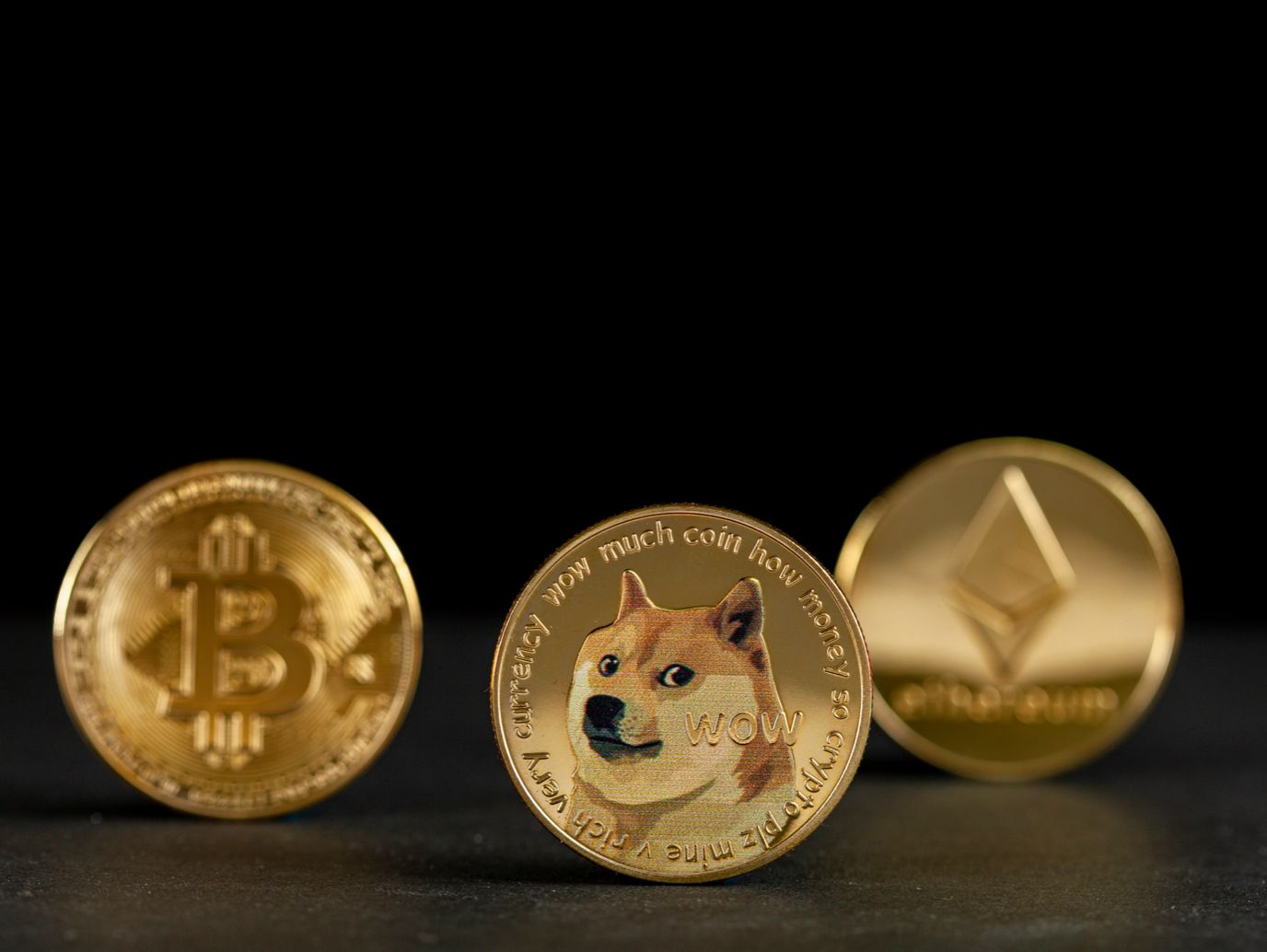
(Image - Adobe)
iSpace amongst others developing further infrastructure for the Moon, Dogecoin touted as off-world currency
Intuitive Machines (US) have finally announced a launch date for their first lunar mission, no earlier than February 14th. Their IM-1 mission will launch with SpaceX on a Falcon-9, and will be carrying six payloads under NASA’s Commercial Lunar Payloads Services programme (CLPS).
It will also be carrying the DOGE-1 lunar satellite, a project which was entirely funded by the cryptocurrency, Dogecoin. Originally planned for 2021, satellite will be equipped with sensors and cameras in order to gather lunar spatial data, as well display images and digital art on the orbiter, which will be broadcast back to Earth.
Interestingly, it was also realised this week that the costs incurred by previous delays caused by the DOGE mission were paid back to SpaceX using Dogecoin. This once again opens questions about the utility of the mission, and the feasibility of it being established as an interplanetary currency.
Elon Musk is known for his support of Dogecoin, and is also accepted as payment by Tesla. Applying the use of Dogecoin beyond Earth’s orbit may be a step towards this reality.
Interlune to harvest lunar resources, iSpace look towards future Moon missions
More startups are fixing their eyes on the Moon, with the promise of extracting valuable lunar resources. In recent and upcoming missions, primary objectives have been to analyse the makeup of lunar regolith for in-situ utilisation, especially for the signs water. However, recent startups are also anticipating the extraction of resources for Earthbound purposes.
In October last year Singapore-based startup, Qosmosys, announced a funding round of $100 million towards the development of their ZeusX spacecraft, designed to extract minerals such as Helium-3.
This week, a startup led by former Blue Origin president Rob Meyerson, announced raising $15.5mn towards the development of their technology to harvest resources from the Moon, also for Earthbound applications. Interlune have revealed very few details about their tech, but their CTO Gary Lai said “We aim to be the first company that harvests natural resources from the moon to use here on Earth.”
Utilising off-world resources is seen as a long-term endeavour. However, there are a number of other companies exploring this, such as Transastra and Astrofroge, with the latter currently carrying out a demonstration mission to test refining minerals in-orbit.
Japan’s iSpace are also expanding their presence in the lunar economy and this week signed two MoUs with satellite manufacturer, mu Space and Advance Technology Co. They aim to develop future payload services to the lunar orbit and the lunar surface, and develop the cislunar satellite market. Satellites will play a key role in the future development of the lunar infrastructure, and assist with industries such as lunar mining and establishing a sustained human presence on the Moon.
iSpace also aim to launch their second commercial lunar landing attempt in the winter of this year.
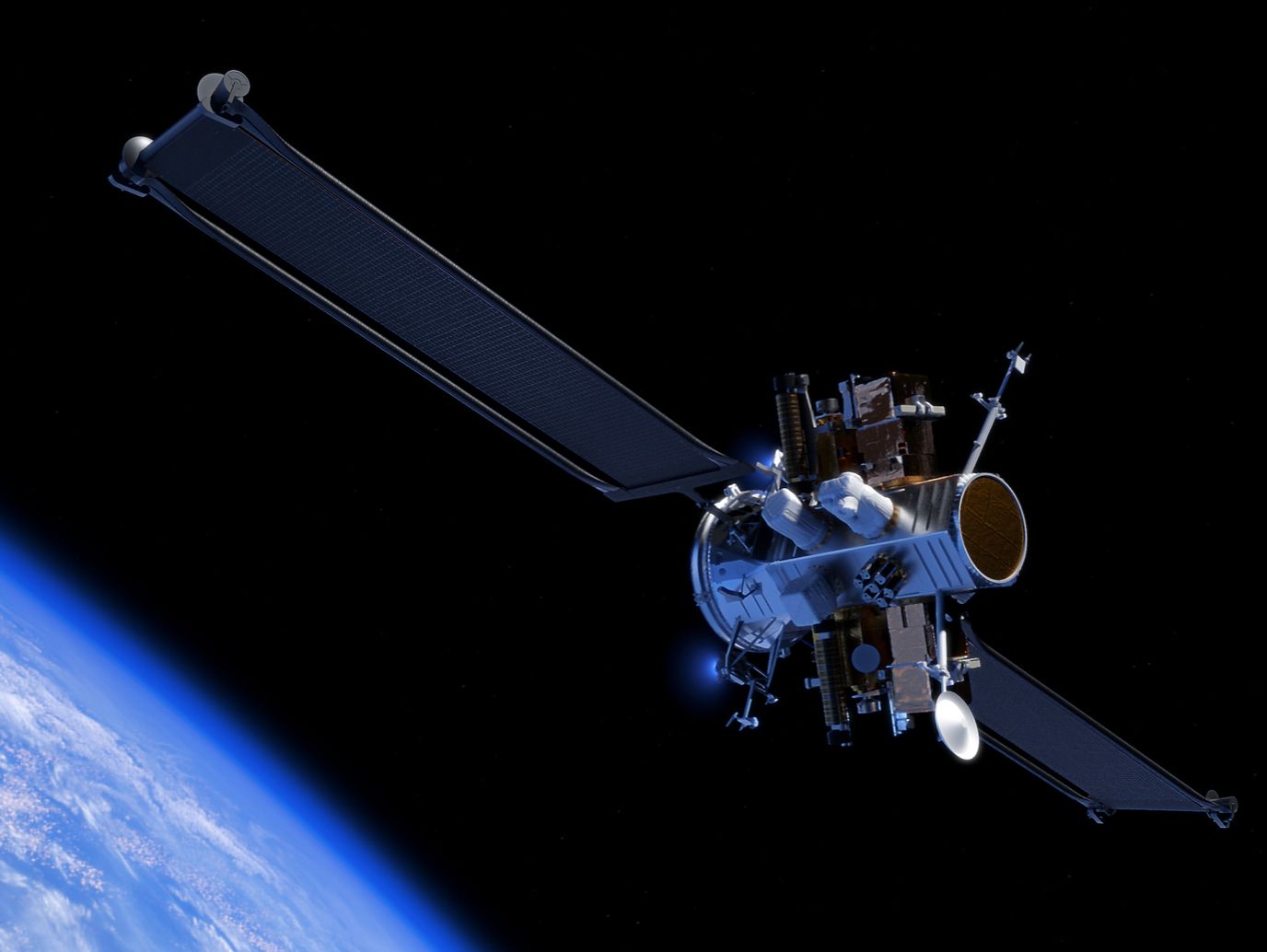
Illustration of Blue Ring (Image - Blue Origin)
ISAM and space servicing continues to grow
While our recent analyses have focussed primarily on heightening activity in the lunar market, we must also take note of other growth areas, this week namely regarding in-space servicing and manufacturing (ISAM). Refuelling and servicing vehicles in-orbit opens the door to a more sustainable future in Earth-orbit, in being able to extend the lifespan of satellites, reducing costs and mitigating debris created by defunct satellites.
Blue Origin have expanded on details of their Blue Ring multi-purpose orbital vehicle, announced first back in October last year. Speaking at the SpaceCom conference On February 1st, Lars Hoffman, vice president of national security sales at Blue Origin, said that “we’re bringing Blue Ring to market to do a lot of the missions that are starting to emerge from national security, civil and eventually commercial,” and that the primary use is to deploy satellite in their specific orbits. However, he stated that the vehicle can also be used to host other payloads, such as robotic arms for servicing, and is also refuelable and can be used as fuelling depot for other spacecraft.
Lastly, German startup ATMOS Space Cargo have raised additional funding towards the development of the prototype of its Phoenix return capsule to fly into space and back. The company is currently working within ESA’s Commercial Cargo Initiative tender, which aims to deliver cargo back from low Earth orbit (LEO) before the end of 2028. Moreover, their technology represents an opportunity to make return-to-Earth cargo transportation more cost effective.
Utilising the environmental benefits of space, companies such as Space Forge (UK) and Varda (US) are building on plans to manufacture valuable and delicate materials in space, such as materials for semiconductors and pharmaceutical drugs. If reentry transportation costs can be reduced in the same way that price of launch has decreased, in-space manufacturing could be set to rapidly grow.
Share this article
External Links
This Week
News articles posted here are not property of ANASDA GmbH and belong to their respected owners. Postings here are external links only.








